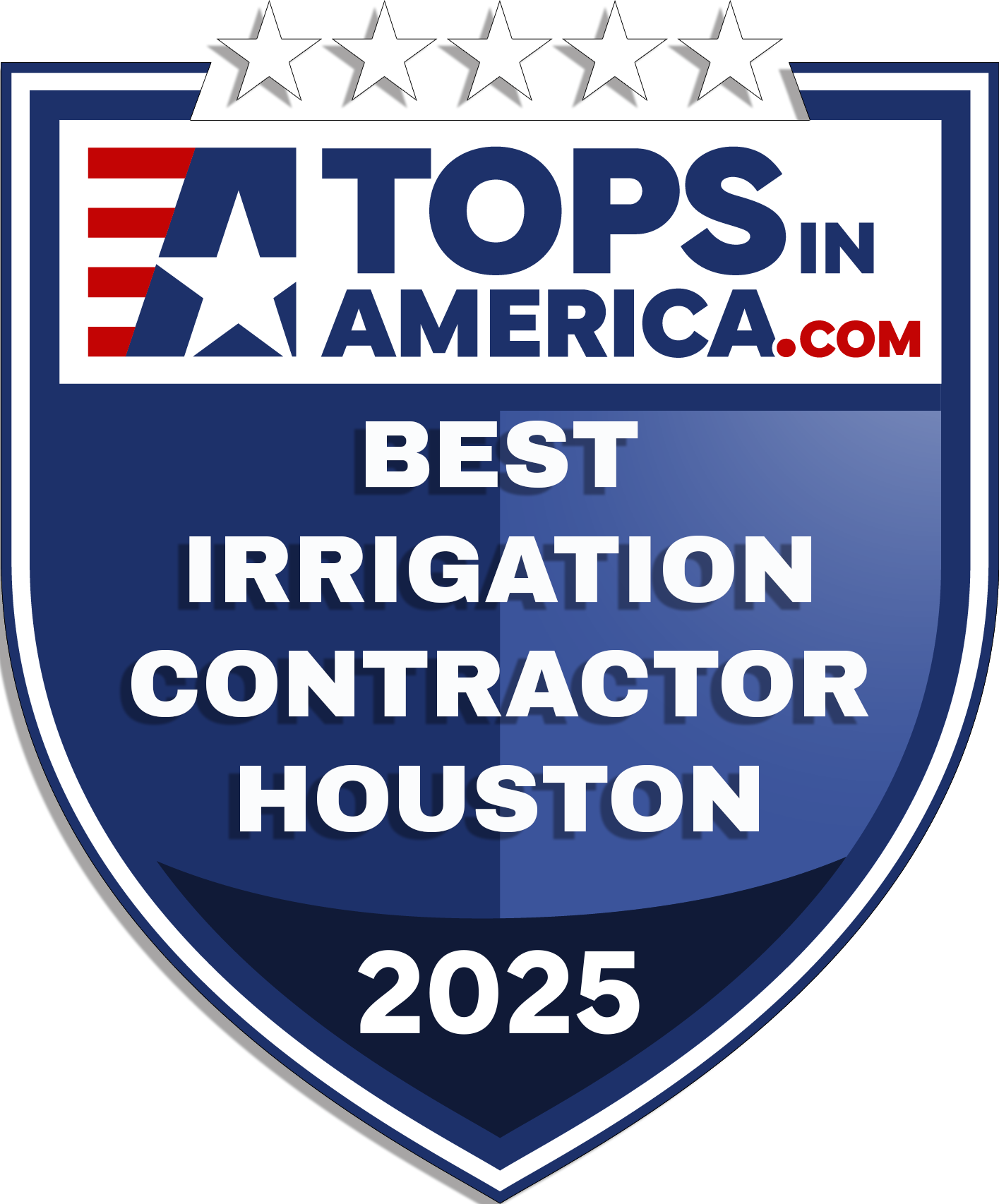Achieving Water Savings in Landscaping: A Sustainable Approach
In our quest for sustainability and environmental stewardship, efficient water management in landscaping emerges as a pressing concern. With the right strategies, not only can we realize significant water savings, but we can also cultivate a thriving, healthy landscape. The key lies in adopting a cyclical approach comprising monitoring, evaluating, reacting, and fine-tuning. Here’s how to make it work:
1. Monitoring
The first step in water-efficient landscaping is comprehensive monitoring. This involves understanding the water needs of your landscape and closely observing how those needs are currently being met. Through monitoring, you can identify areas where water might be used more efficiently. Tools like smart irrigation systems, which adjust watering based on real-time weather conditions, soil moisture, and plant types, can provide invaluable data for precise monitoring.
2. Evaluating
Once you have gathered data through monitoring, the next step is to evaluate the effectiveness of your current irrigation practices. Are there areas receiving too much water? Are there patches that consistently appear dry? Evaluating the performance of your irrigation system helps pinpoint inefficiencies. It might reveal a need for upgrades such as installing drip irrigation rather than traditional sprinklers to target water directly to the roots of plants, where it is most needed.
3. Reacting
Armed with insights from your evaluation, it’s time to react and implement changes aimed at water optimization. This may include adjusting irrigation schedules, reducing watering in cooler months, or retrofitting your system with water-efficient components. Reaction also involves addressing any immediate issues discovered during the evaluation, for example, repairing leaks or replacing malfunctioning sprinkler heads.
4. Fine-Tuning
The final piece of the water savings cycle is fine-tuning. This ongoing process involves making small adjustments to your landscaping and irrigation strategies based on continued monitoring and evaluation. It could mean altering the types of plants in your landscaping to include more native or drought-resistant varieties, which naturally require less water. It might also involve subtle adjustments to irrigation settings as the seasons change, ensuring that water use is always optimized for current conditions.
Implementing Smart Landscaping Practices
To support the cycle of monitoring, evaluating, reacting, and fine-tuning, consider incorporating the following smart landscaping practices:
- Xeriscaping: Utilize drought-tolerant plants and design principles that minimize water use.
- Mulching: Apply mulch around plants to reduce evaporation, control soil temperature, and minimize weed growth.
- Rainwater Harvesting: Install rain barrels or cisterns to collect runoff for irrigation use, further reducing reliance on municipal water supplies.
- Grouping Plants by Water Needs: Create “hydrozones” in your garden, grouping plants with similar water requirements together to streamline irrigation efforts.
By adopting a cyclical approach to landscaping, paired with smart water management practices, we can achieve meaningful water savings without sacrificing the beauty or health of our outdoor spaces. It’s a win-win strategy that benefits both the environment and homeowners, leading to lush, resilient landscapes that are better equipped to withstand the challenges of changing climates and water scarcity.
If you have any questions or need any type of sprinkler system repair, the experts at Mr Sprinkler Repair will be glad to help. Give us a call or 855-695-1000 to set an appointment.


